Interview with Martha Roesler, Chief Development Officer
The Coral Restoration Foundation is celebrating 10 years of operation, and on this occasion, our team at reefs.com presented the non-profit organization with a “Best of Show” award. We personally think they deserve to receive that reward every year, for all the fantastic work they do restoring coral reefs in the Florida Keys, as well as for the many educational and research programs they run to educate the public about the importance of the ocean’s ecosystems and threats they face. The organization is known for the offshore coral tree nurseries, where they propagate corals to be later outplanted on the reefs off the Florida coast and other places in the Caribbean. Their efforts to bring back the reef-building stony corals crucial for the reefs’ survival have been highly successful and now serve as a model for reef restoration programs around the world.
Randy Donowitz and myself (OK, mainly Randy, I was just nodding my head) had a chance to talk to Martha Roesler, Chief Development Officer at CRF and to learn about the organization’s largest coral restoration program to date, which is currently being planned and executed by a team of dedicated volunteers and scientists working together to save our dying reefs. Below is the transcript of that conversation:
Randy: Hey Martha, thank you for your time!
Martha: Sure, anytime!
Randy: Please tell us, what are your current programs and goals at Coral Restoration Foundation?
Martha: Right now we are working on the largest coral restoration effort to date. We are partnering with NOAA(National Oceanic and Atmospheric Administration) to replant 50,000 corals over the next 3 years on sites from Broward County all the way down to Key West.
Randy: What coral species are you replanting?
Martha: We’re doing Acropora cervicornis (Staghorn Coral) and Acropora Palmata (Elkhorn Coral). We are trying to preserve the genetic diversity on the reefs, so not only we are planting a large volume of corals but also high diversity of those corals. We have a 150 different genotypes of staghorn corals in our nursery right now and we’re going to make sure to create a diverse environment for the corals to survive, repopulate the reef, and be more resilient for the future.
Randy: Are you doing the re-planting yourself?
Martha: Yes. If I’m not here or in the office and the weather permits, I’m on a boat planting corals.
Randy: Great! [Pointing at the structure on Martha’s desk] These are the nursery trees?
Martha: Yes, this is a miniature version of the tree structure that we use. Our largest nursery is off the coast of Tavernier, Florida. It’s about 1.5 acre and has over 400 tree structures in it.
Randy: Which corals are you growing there?
Martha: We have staghorn, elkhorn, as well as some pillar coral (Dendrogyra cylindrus) to preserve the diversity material, as [the latter] is struggling in Florida Keys.
Me, Randy: Thank you so much for talking to us!
Martha: Yes, no problem at all. Thank you guys!
If you want to help Coral restoration Foundation in their mission to save the Caribbean reefs, you can donate for the cause or sign up for volunteer programs they organize. Thank you!

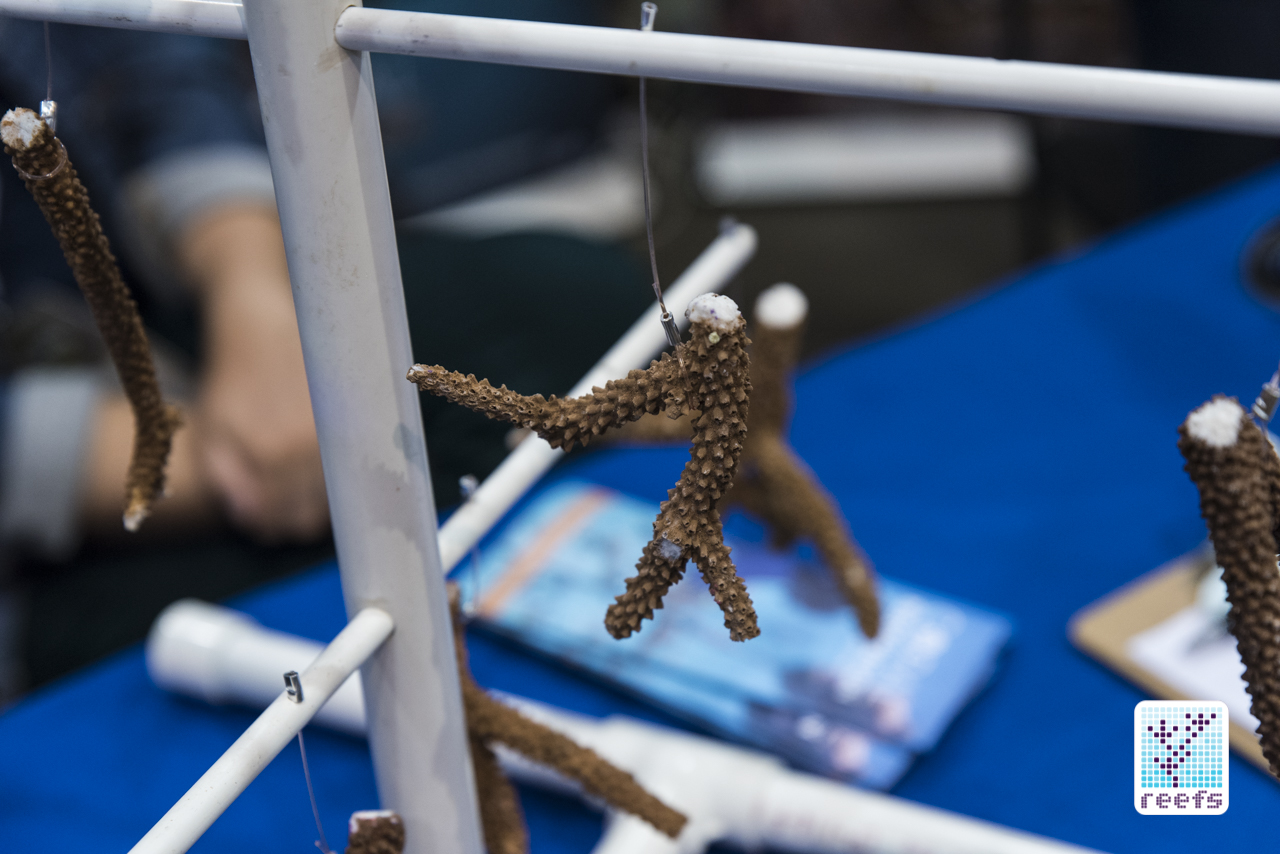
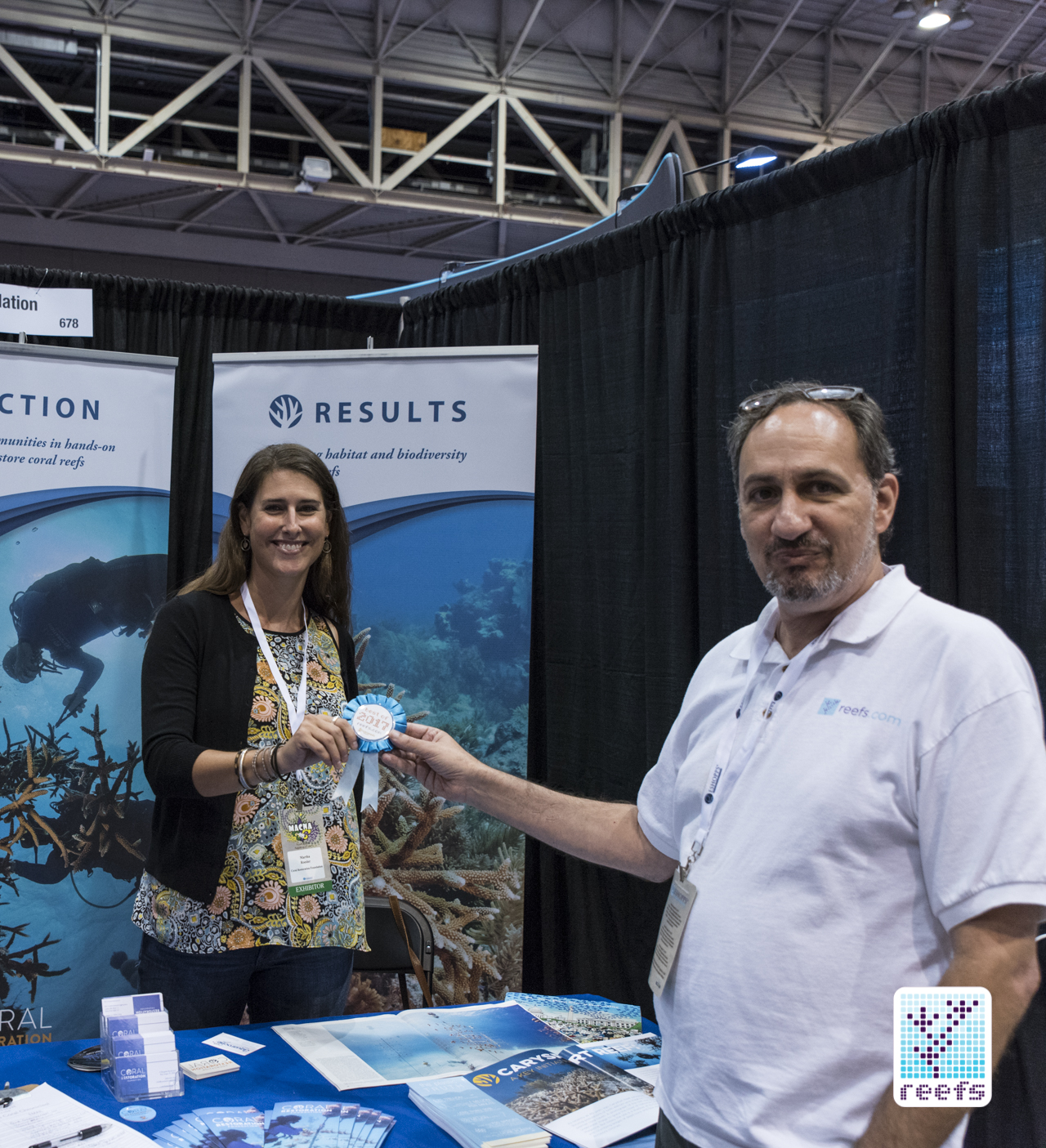

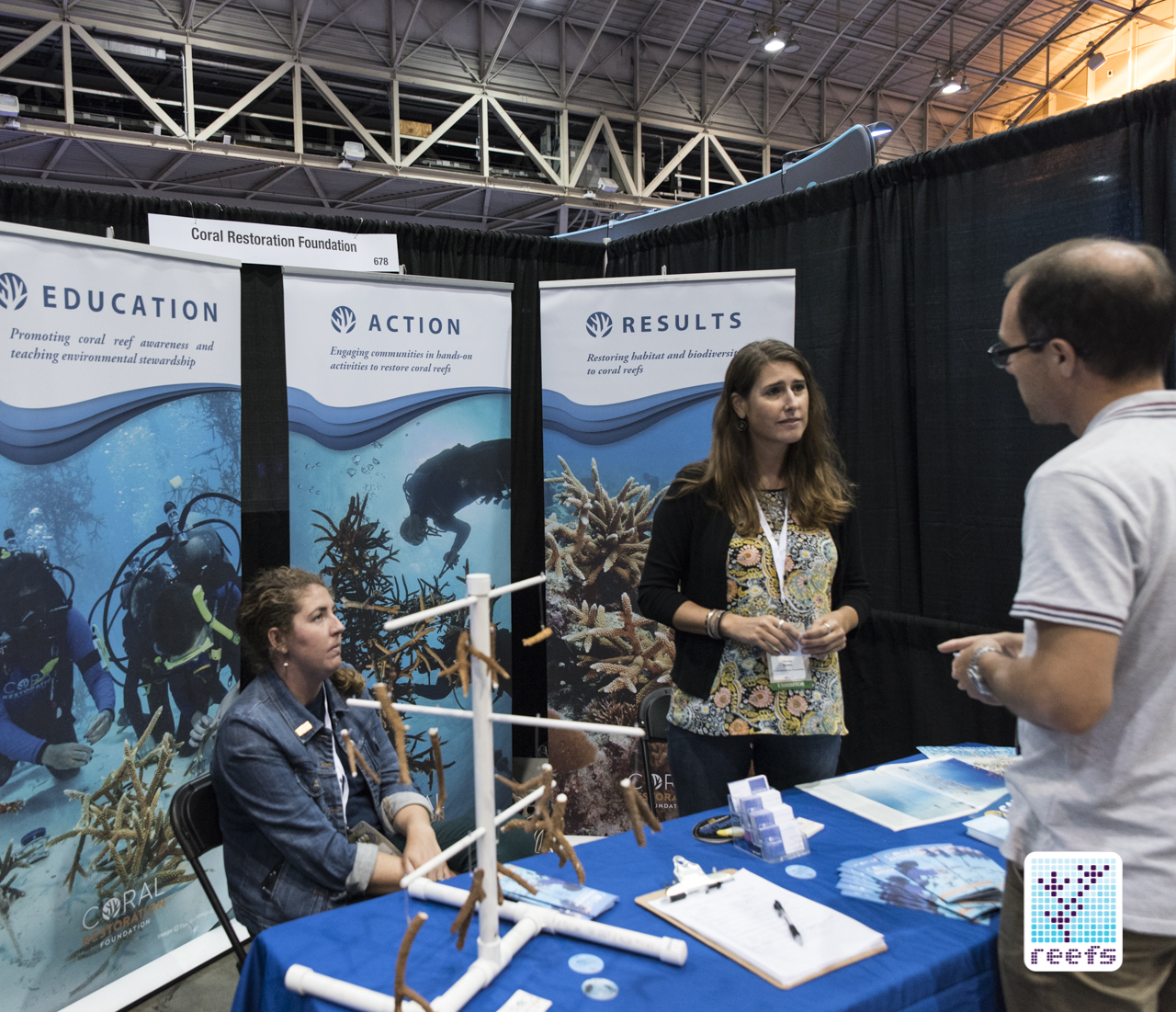
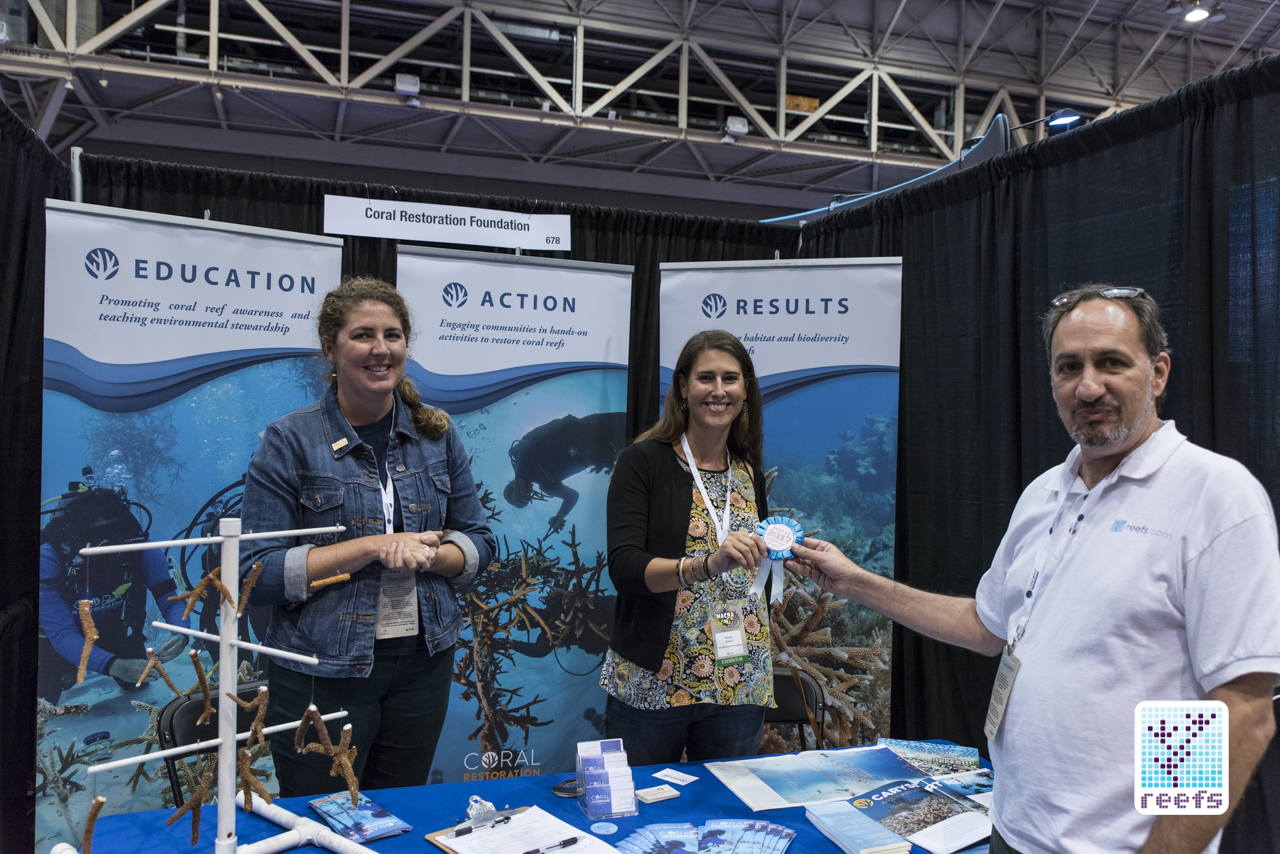
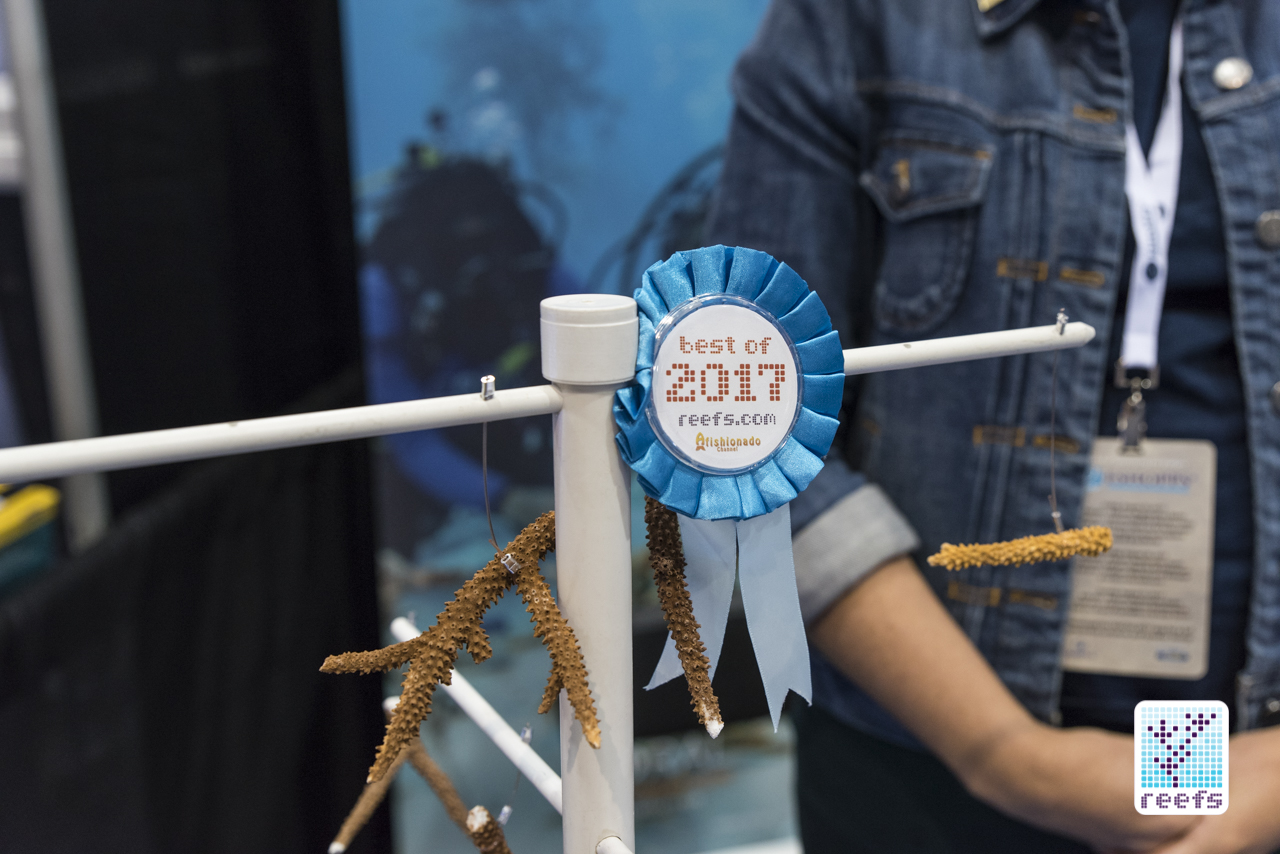
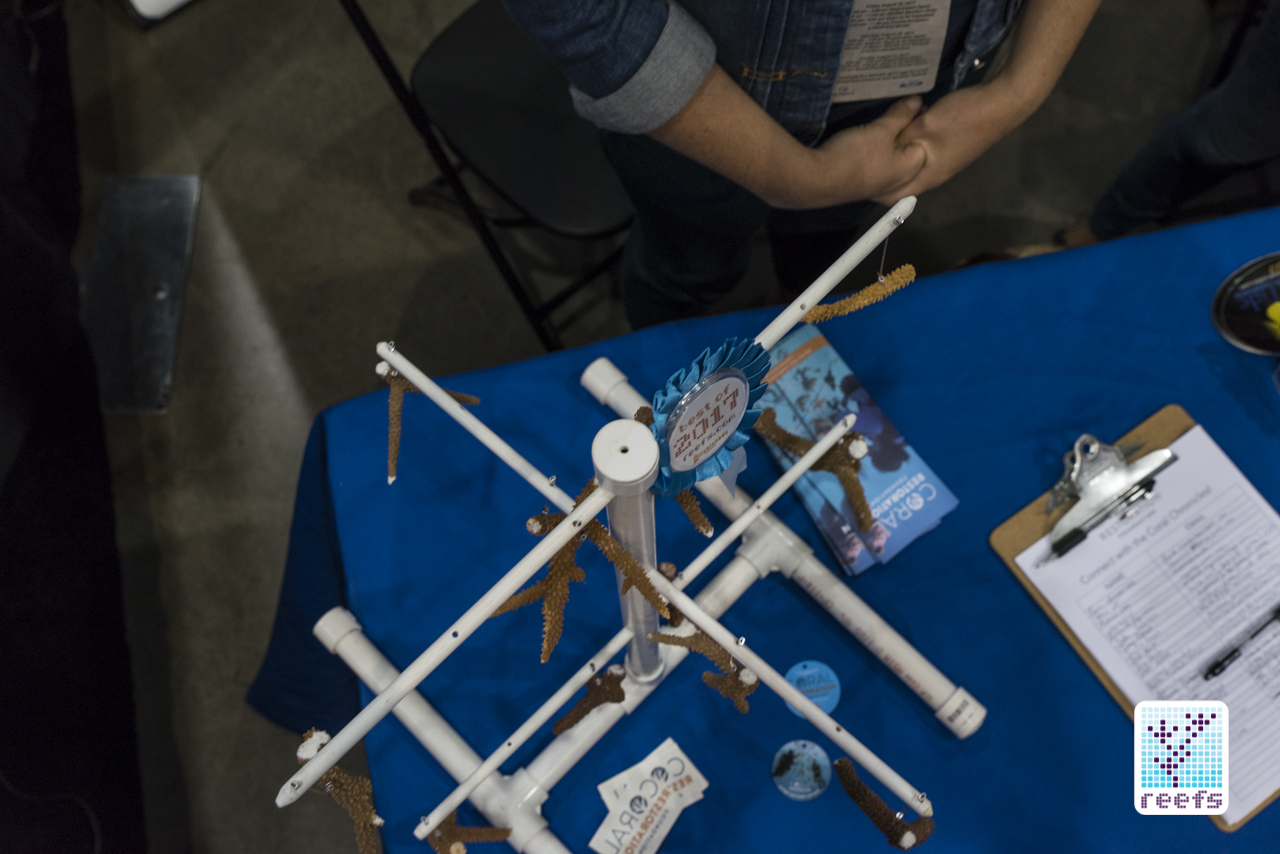








0 Comments